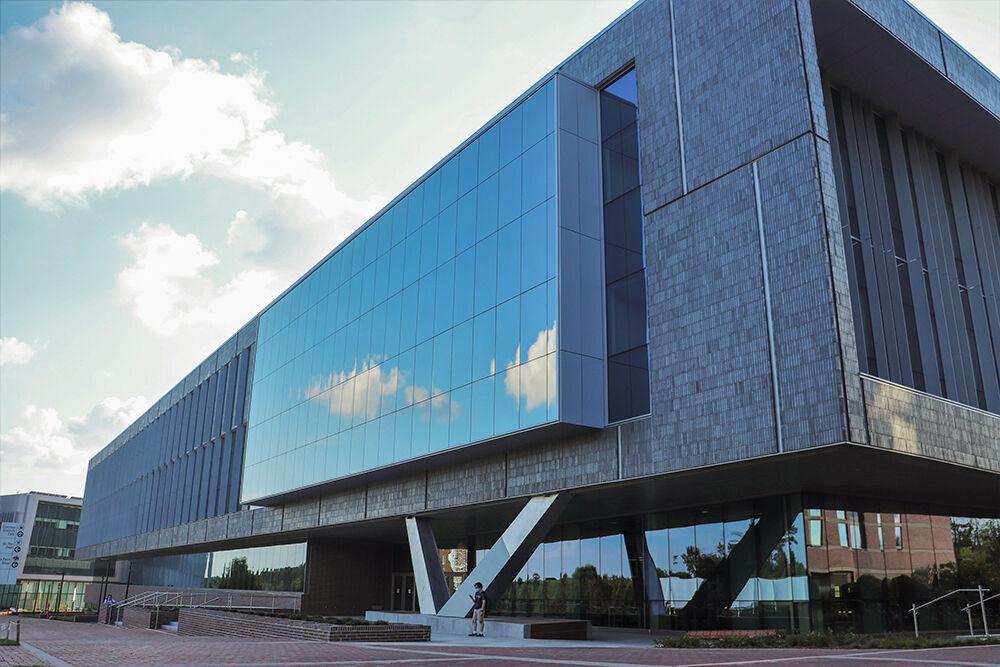“Engineering North Carolina’s Future,” a state legislative initiative, gave NC State the financial backing to support the College of Engineering’s expansion from 10,000 students to around 14,000. $50 million will be funneled into NC State’s already large engineering program to support the growing student body.
According to NC State’s website, $20 million will go toward hiring additional faculty and staff, and the remaining $30 million will support facility upgrades. Emily Spero, a fourth-year studying chemical engineering, said there’s plenty of potential in terms of equipment upgrades and hands-on learning.
“I think it’d be really interesting to have the … newer technologies that are more industry-standard,” Spero said. “Not like that the ones we’re using necessarily aren’t, but as these industries keep changing, it’d be really cool to keep up with that and make sure students have the most modern or relatively modern version of what we’re using.”
Mason Streppa, a third-year studying mechanical engineering, echoed Spero.
“From a student perspective, I’d like to see it go toward hands-on learning opportunities,” Streppa said. “More than just a nice new classroom or lecture hall or something like that, but research rooms or centers or equipment for research and ways for students to get involved with hands-on engineering problems.”
Although it’s unclear which on-campus facilities the $30 million will go toward, the possibilities are endless. After Fitz-Woolard Hall’s “Public Project of the Year” award in December, it’s clear that more and more engineering departments will make the move over to Centennial campus, requiring more labs, classrooms, offices and more.
The main goal of the initiative is to invite more top students to “the flagship STEM campus of the UNC System.”
“The growth really signifies that NC State is growing, and also the area is growing, especially with all these big tech companies consistently moving to the area,” Spero said. “I think it shows that there’s this increased investment within the engineering school.”
Although 14,000 students is a large number to swallow, the impact on the graduate school is proportionally larger than the impact on the undergraduate program. Despite this, Streppa, who’s considering attending NC State post-grad, isn’t worried about the sudden influx of students.
“Adding these students means more resources, more money going into the program and ideally more opportunities for NC State students,” Streppa said. “And so far, NC State’s done a great job — at least for me personally — of making me feel like I have plenty of opportunities and potential for growth.”
Spero, who’s currently planning to move to San Francisco after graduating in May and will not be returning to NC State, is nevertheless interested in observing the changing campus dynamic.
“I don’t actually know where all the freshmen are going to live,” Spero said. “We’re just going to see how that’s going to play out. And also, I’m interested to see the disparity between engineering and the rest of the colleges at NC State and see what kind of impact that has.”
The University will enroll the 4,000 more students over the next five years and will hire additional faculty and staff over the next two years.
“I’m hopeful that this would be a good change for the student body,” Streppa said. “Hopefully beyond engineering, too.”













